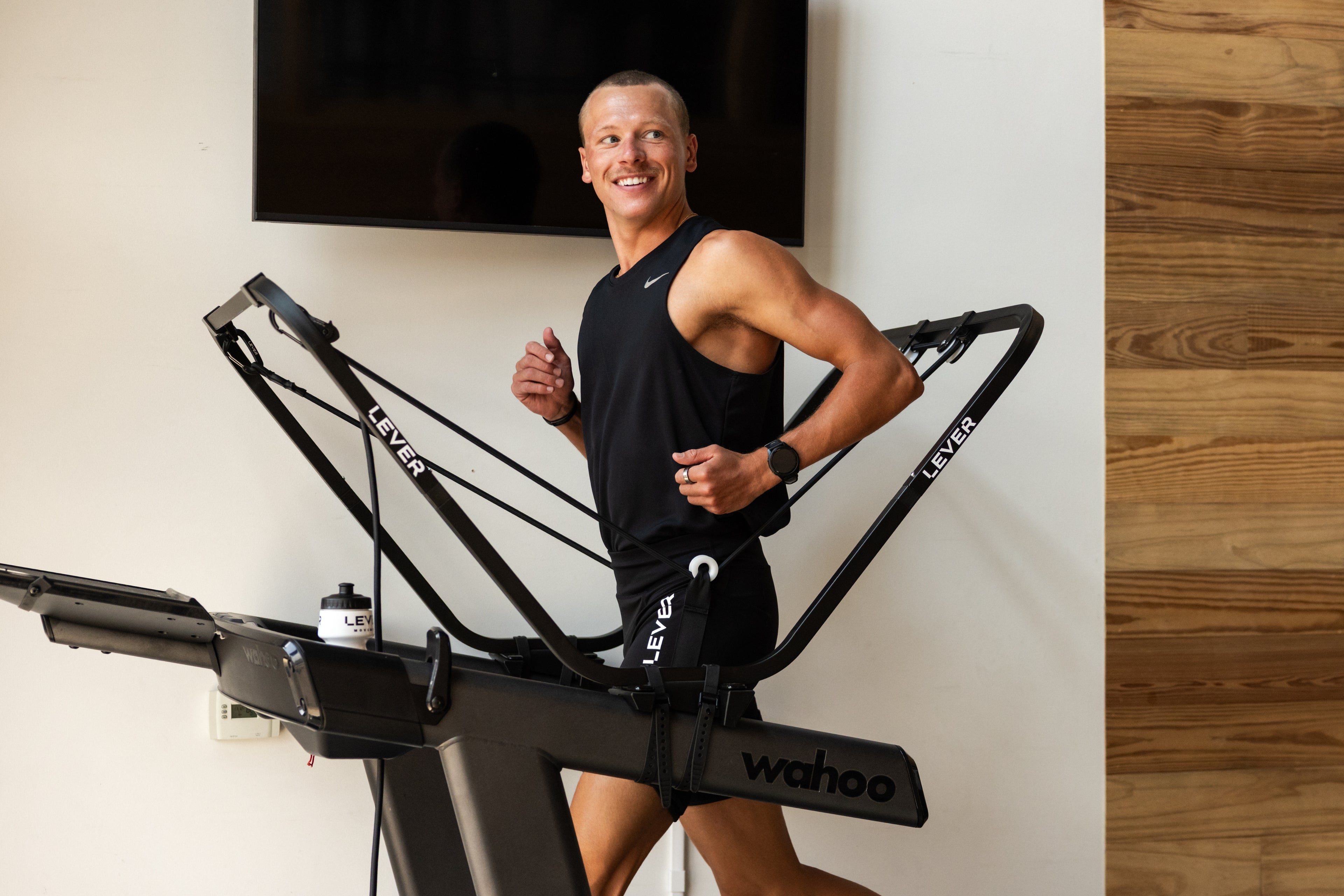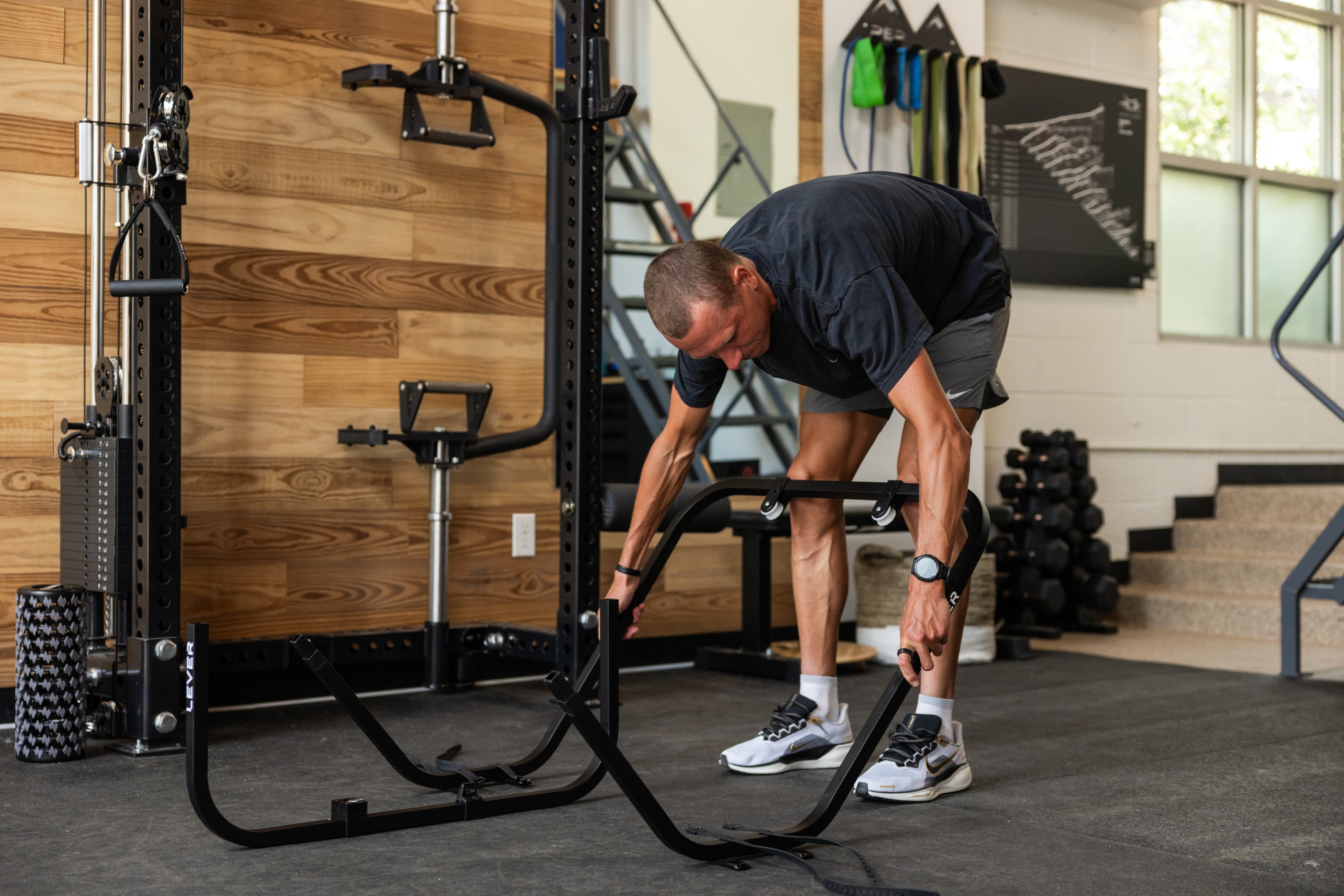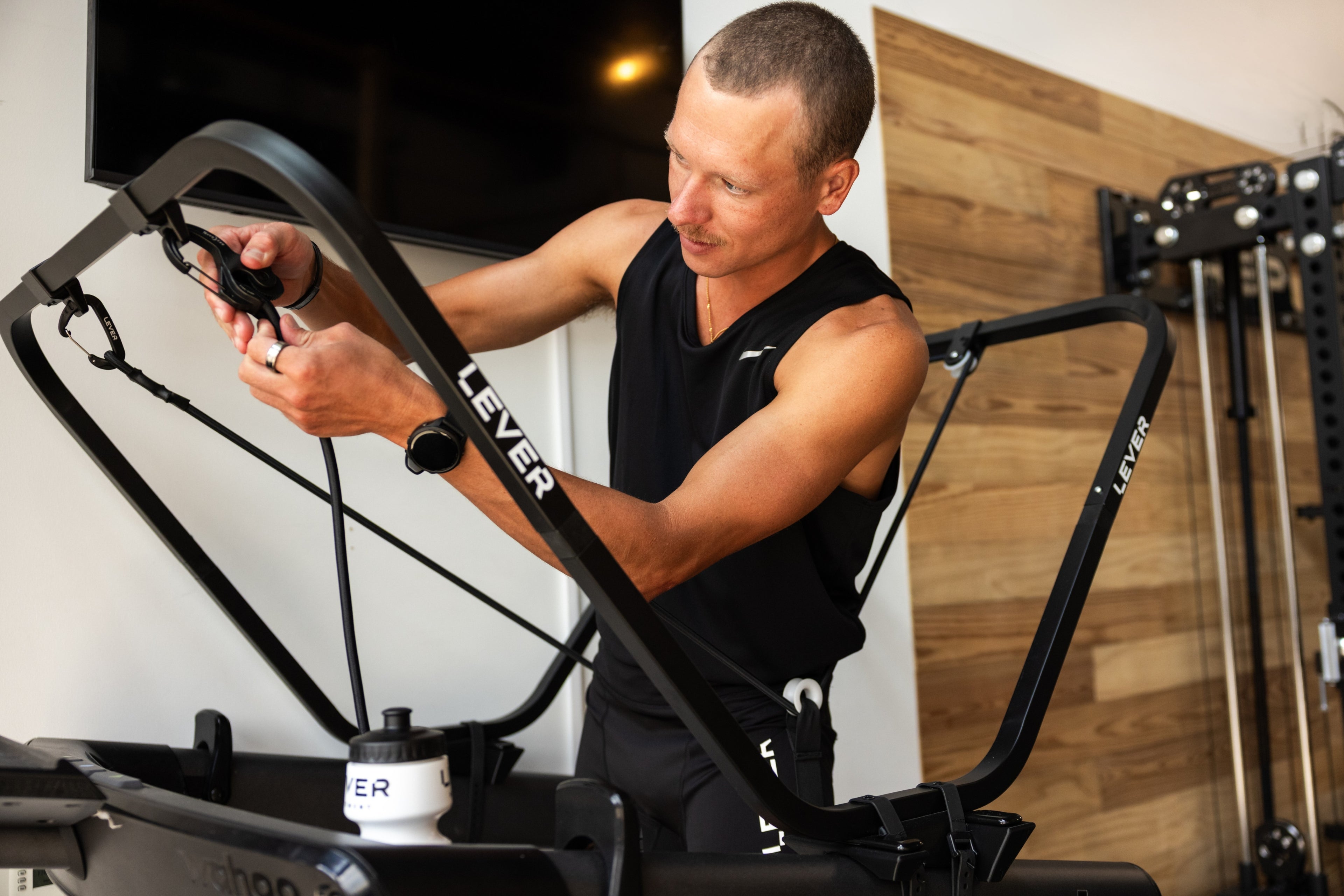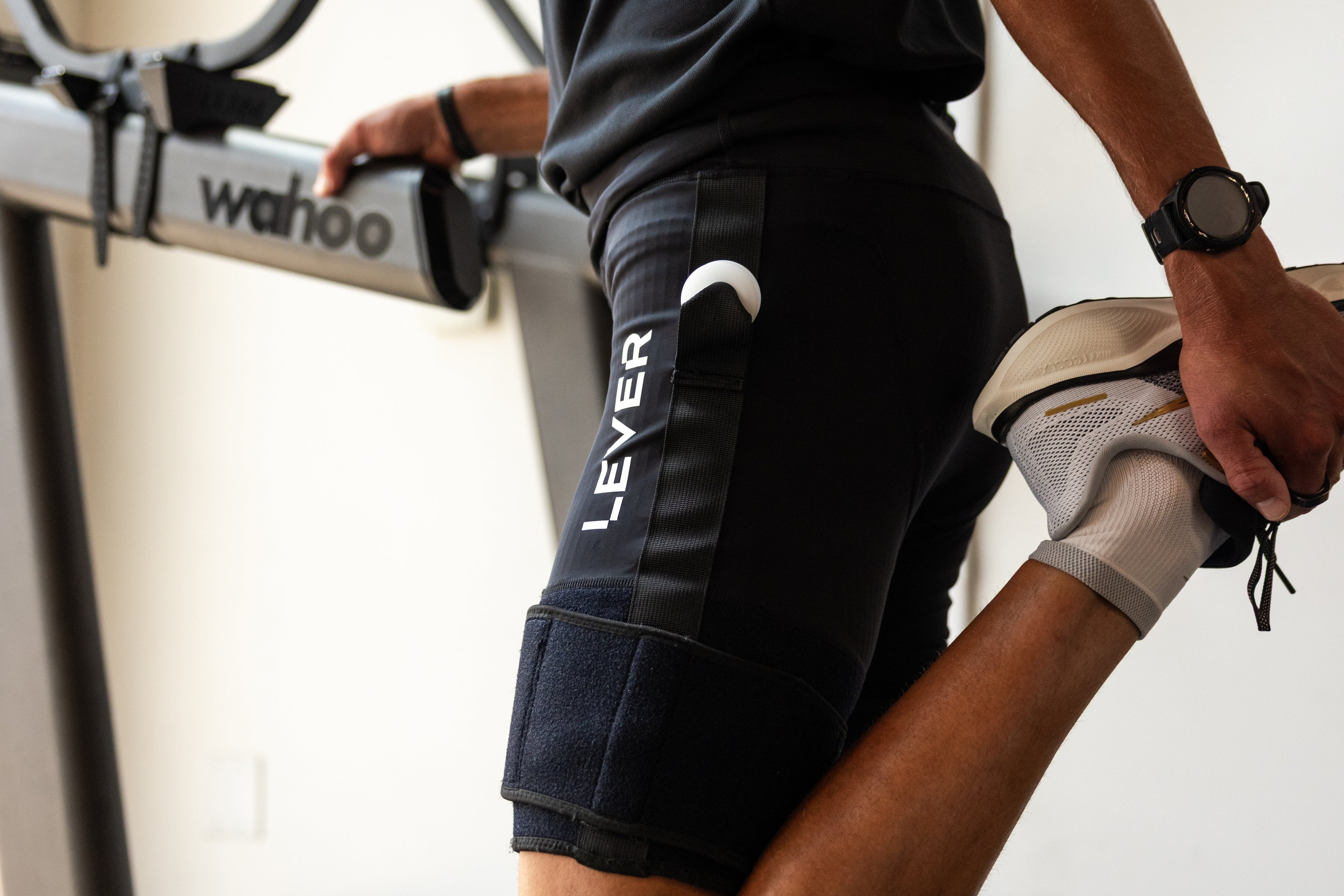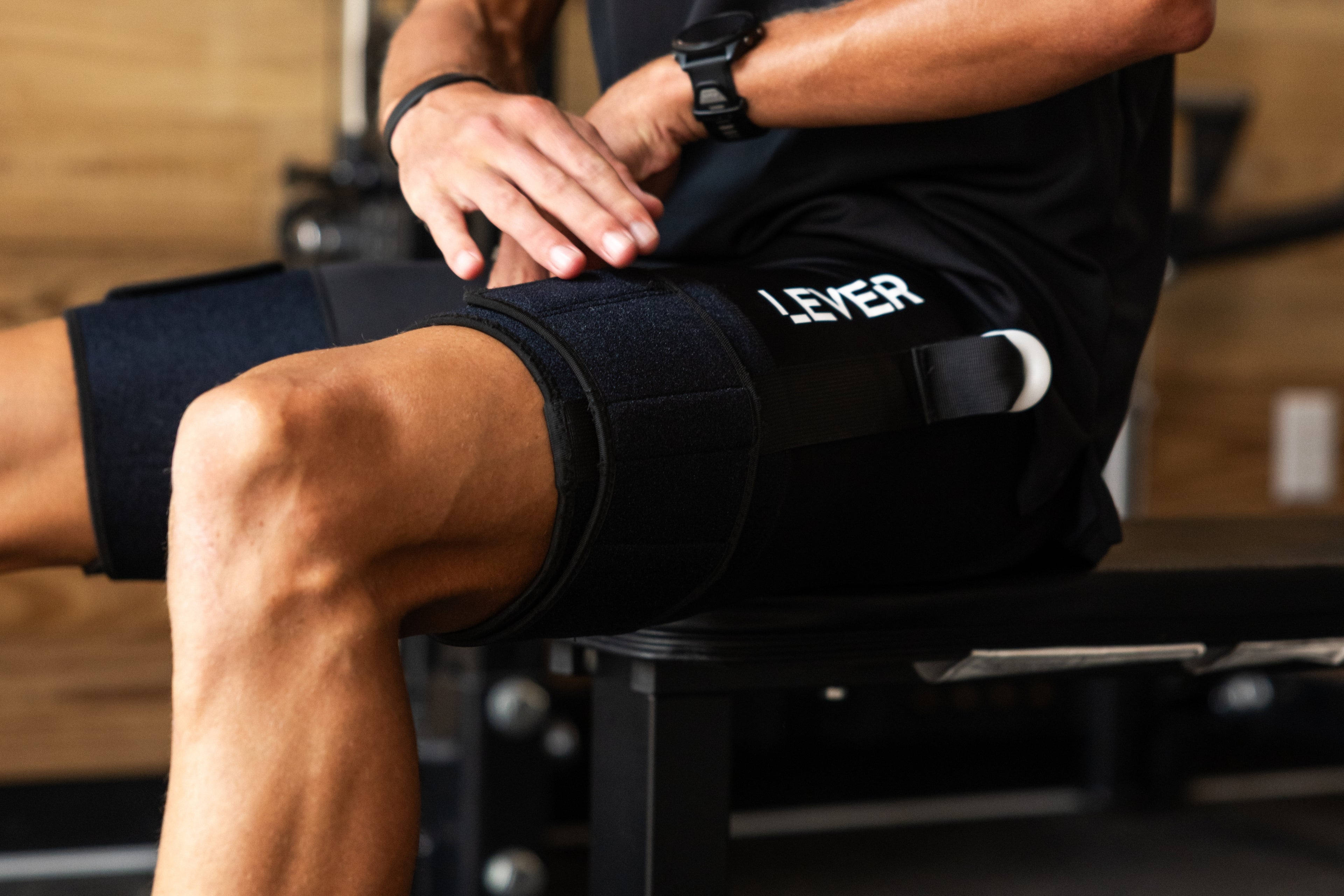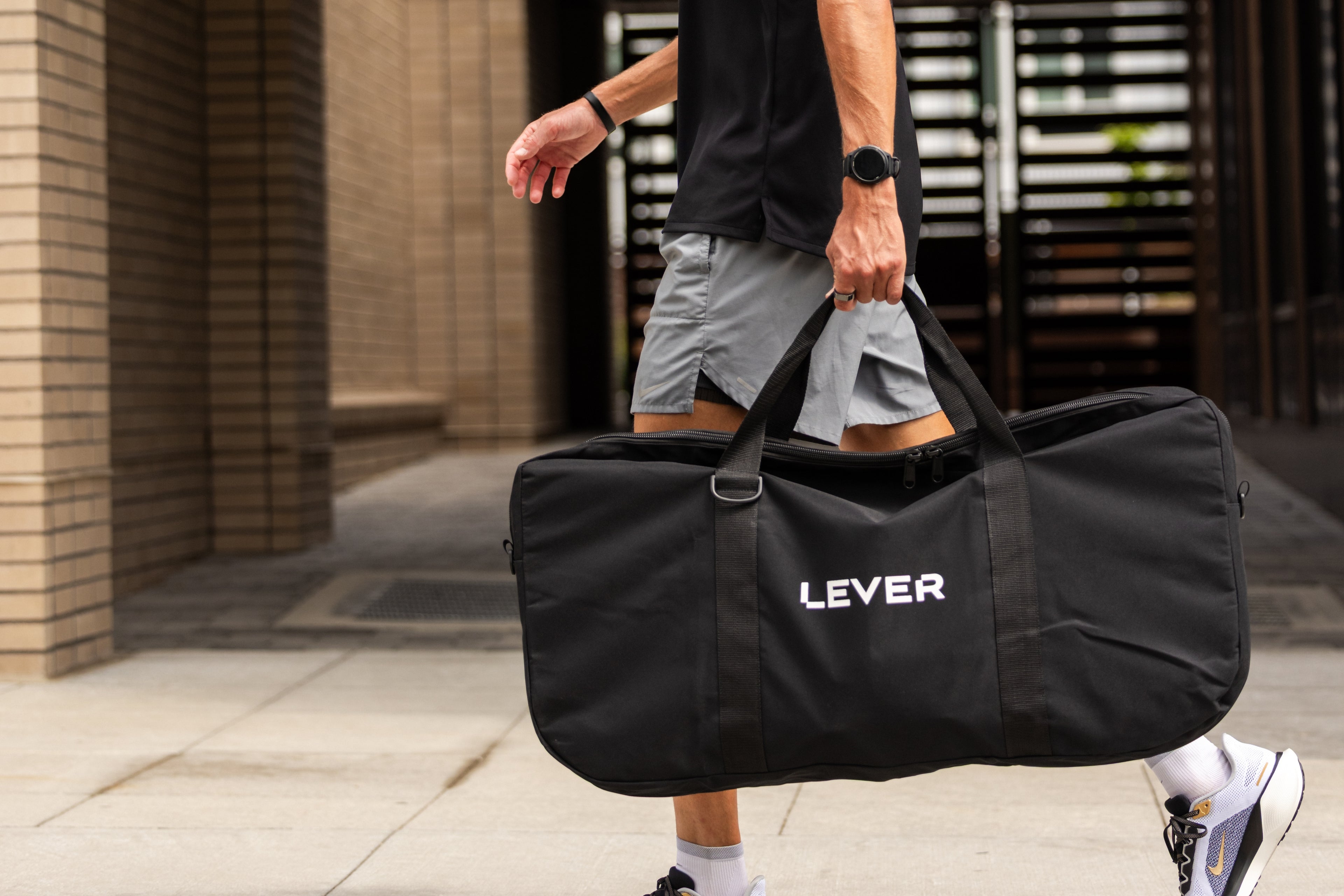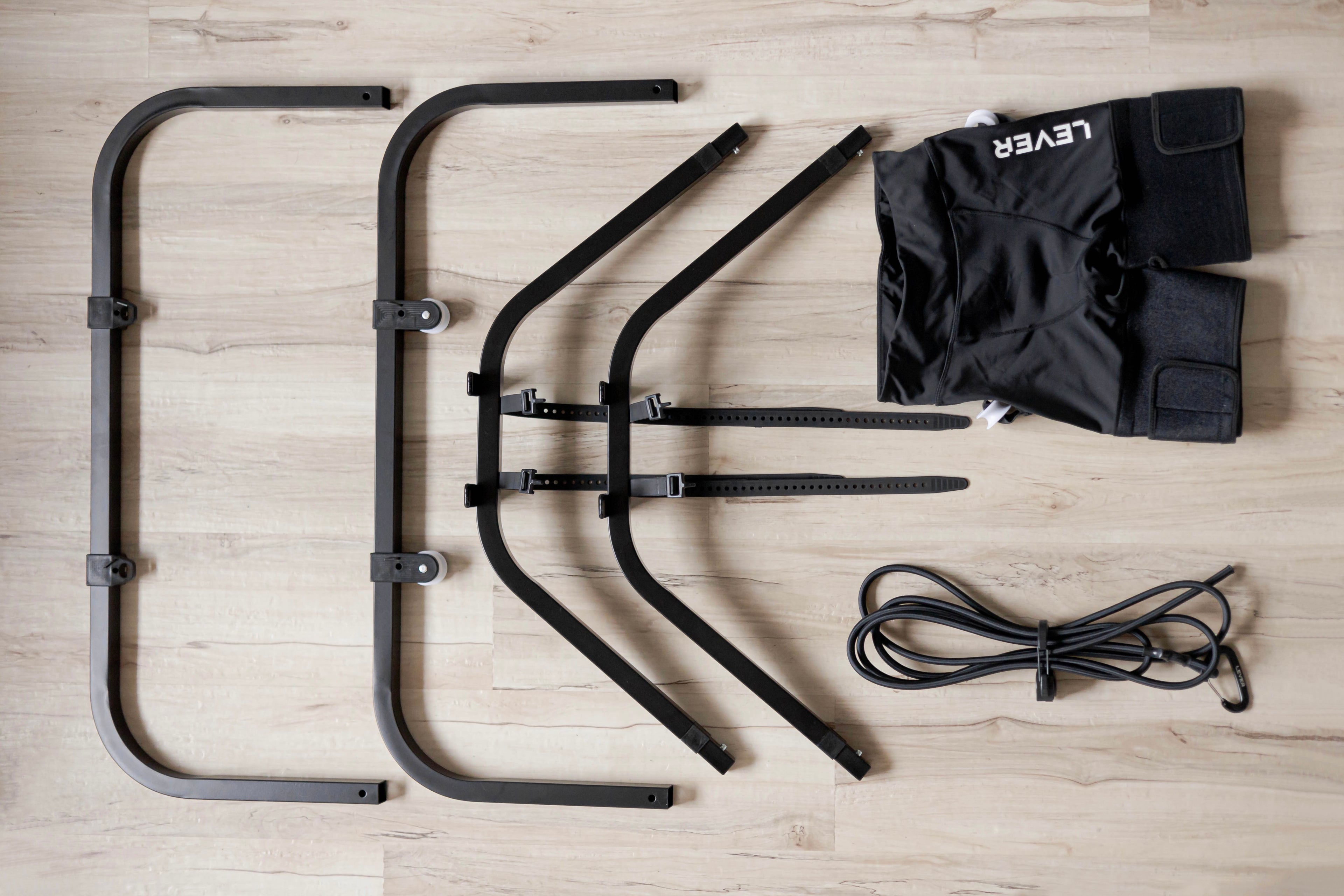This 4 part series started off a month ago asking the question, “What’s the likelihood of finishing a 50 mile ultra race if just 6 weeks prior you couldn’t hobble your way through a quarter mile?” I’m very happy to report that this series on the Unknown Ending now has an ending and that it is possible to race (and win) an ultramarathon while training through Knee Pain. The Silver Rush 50 took place on Saturday, July 8th and around 660 runners tested themselves in the mountains of Leadville, Colorado. This will not be a race recap per se, but more of a quick summary of my training, PT, and rehab leading up to the race. I’ll discuss the things I learned, what worked, and what didn’t when training through this build up with patellar tendinopathy.

As you can see from the photo above, I won the 2023 Silver Rush 50 (and punched my ticket to the 2024 Leadville 100). I was preparing myself to go into the race to test my body and my mind and to put myself in a position to compete, but I didn’t have the expectations of winning. However, once the race started unfolding, I found myself competing for a podium finish and I couldn’t look back. What I didn’t have in fitness, I made up for mentally. The knee was in great shape from a pretty strategic taper and early quad aggravation from the descents took my mind completely off of any knee issues. While the knee felt great, the lack of hard descending during my training caught up to me quickly. By mile 15 I knew my quads and IT bands were in for a long day. However, since most of my training in the last month was focused on climbing, the uphills felt very natural and were the places in the race where I could test myself.
I honestly couldn’t have pulled off this race without adding multiple body weight support sessions to my weekly training plan. My knee was in bad shape for the second half of May and for all of June and there was no way to get in the volume that was needed to complete an ultramarathon on outdoor running as my only training option. During the training build up, two overground runs in a row were nearly impossible, however, through trial and error, I found a good rhythm of overground running, inclined LEVER running, and cycling that kept the legs strong enough to give the race a shot.

What worked over the last 4 weeks:
- The right mix of training. An outdoor run, an incline LEVER run (85%-90% body weight @ 3-4% incline), a day of cycling, and then repeat. Once I found this rhythm, pain management became much easier.
- My training week was focused solely on making the weekend long run feel good. Long runs were my key sessions for these 4 weeks leading up to the race so once I found out what worked on the pain management side, I made sure that the long run was the day I knew the knee would feel the best.
- Inclined LEVER runs: once I started testing LEVER runs at a 3-4% incline, the pain nearly disappeared.
- PT! Dry needling with e-stim, red laser therapy, and exercises that activated the quads proved to loosen up the quad muscles and the tendons. I did one PT session a week leading up to the race.
- Mental preparation.
What didn’t work over the last 4 weeks:
- Back to back outdoor runs. I had to bail on every back to back outdoor run attempt if there was not a LEVER run, a rest day, or a cycling day in between.
- Flat running had a much higher pain score than uphill trail running (even flat LEVER runs were not as comfortable as inclined LEVER runs).
- Speed. Anything low 6, sub 6 min/mile irritated the tendon.
- Swimming. Attempted a short swim, but the kicking during freestyle was painful.
For those of you that followed this series, thank you! This last month has been filled with failures, successes, highs and lows, moments of doubt and moments of confidence, but it ultimately led to a lot of learning and growth. Getting a coin to compete in the Leadville 100 in 2024 was not on my radar a month ago, but now, I am more motivated than ever to push myself in the world of ultra running, to push my body to its limits, and to continue leveraging body weight support training. Hope for performance enhancement.











